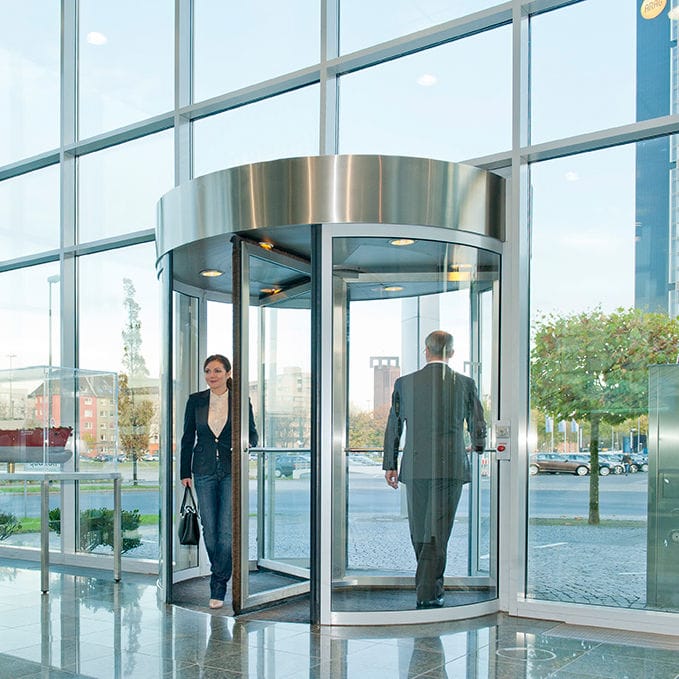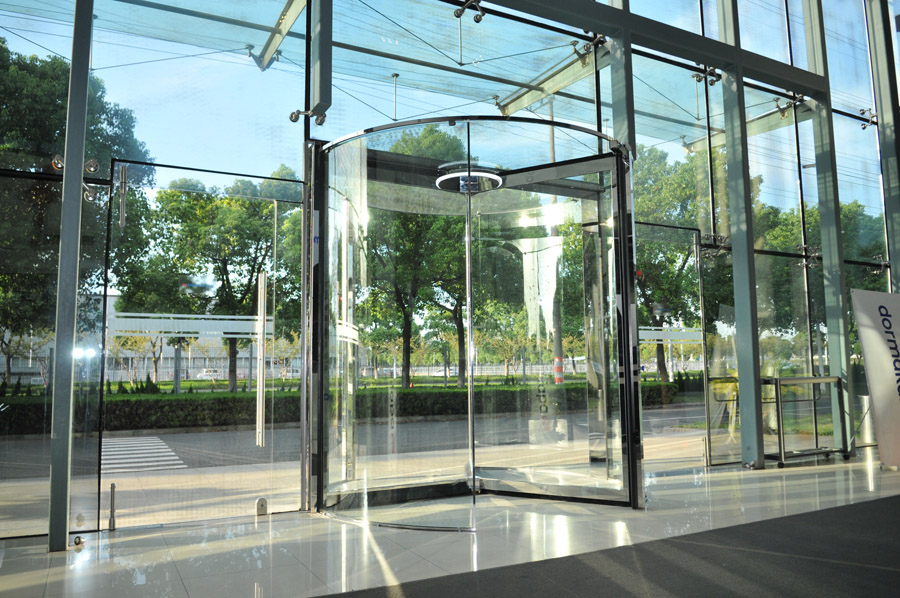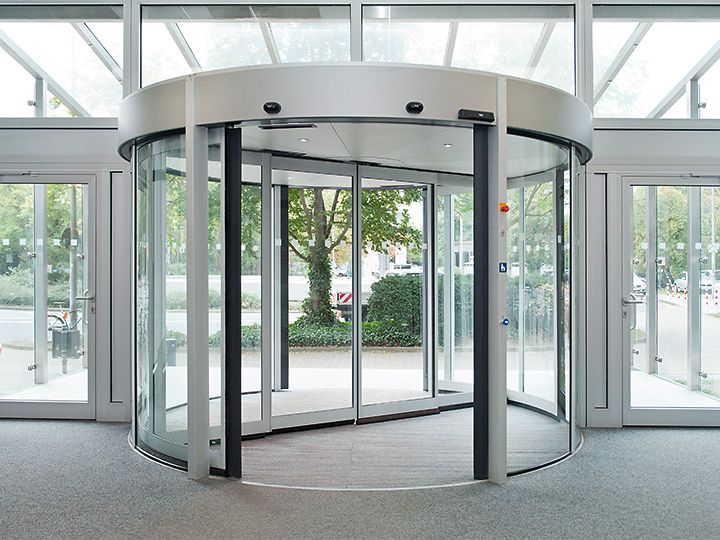Mistakes to Avoid When Installing a Revolving Door



A Revolving Door not only offers an elegant transition but also offers a sophisticated aesthetic to your entryway adding a unique, signature look to your company’s building. As much as it is an exciting idea to have a sophisticated first impression through a revolving door, there are also common mistakes that can make this exciting process a nightmare, through this post we will be going through 10 mistakes to avoid when installing a revolving door.
1. Ignoring Professional Installation
Installation of a revolving door is a complex process that require professional installation , the lack of it can lead to many errors and other issues.
2. Underestimating Installation Costs
Failure in estimating the actual costs involved in the installation process may lead to budget overruns. Beyond necessary expenses like materials and labor, consider potential structural modifications. Accurate budgeting prevents nasty financial surprises.
3. Choosing the Wrong Type of Revolving Door
Revolving doors come in various forms , sizes and shapes, They differ from manual to fully automated systems. Selecting an inappropriate type for your building’s traffic flow can result in operational inefficiencies and inconveniences
4. Neglecting Energy Efficiency
An energy-efficient revolving door can reduce heating or cooling costs. Choosing a door with effective insulation and sealing properties may maintain your building’s thermal efficiency, saving energy and costs in the long run assuring the minimization of air leakage and energy loss
5. Poor Coordination with Other Contractors
If the installation involves modifications to the building structure, poor coordination with other trades/contractors working on the project can result in delays and conflicts. A collaborative approach is key to a successful installation
6. Improper Calibration
Revolving doors require precise calibration for smooth and effortless operation. Incorrect calibration can lead to uneven rotations or excessive resistance, affecting the door’s functionality and user experience.
7. Ignoring Safety Features
Safety should never be an afterthought. Neglecting to install necessary safety features, such as sensors to prevent entrapment or emergency release mechanisms, can compromise user safety and violate building codes.
8. Overlooking Accessibility Needs
Accessibility is a legal and an ethical necessity. The main entrance should be accessible to everyone. Ignoring accessibility standards, such as not providing wheelchair-friendly access, can lead to legal and usability issues as a section of potential uses would be restricted access.
9. Neglecting Regular Maintenance
Assuming that a revolving door doesn’t require regular maintenance is a mistake. Lack of regular maintenance can result in malfunctions, increased wear and tear, and a shorter lifespan. Regular maintenance is essential to prolong its lifespan and ensure efficient operation.
10. Disregarding Aesthetic Integration
Failing to integrate the revolving door aesthetically with the building’s design can affect the overall look and feel. Choose a revolving door that enhances your architectural aesthetics.
Integrating a revolving door into your building can enhance the overall aesthetic and efficiency, by avoiding the above common mistakes you can be guaranteed a safe, functional and an aesthetically pleasing revolving door that has a long lifespan. The key to the correct installation is choosing the right door with proper calibration and safety protocols.
Read about the revolving doors that we offer here